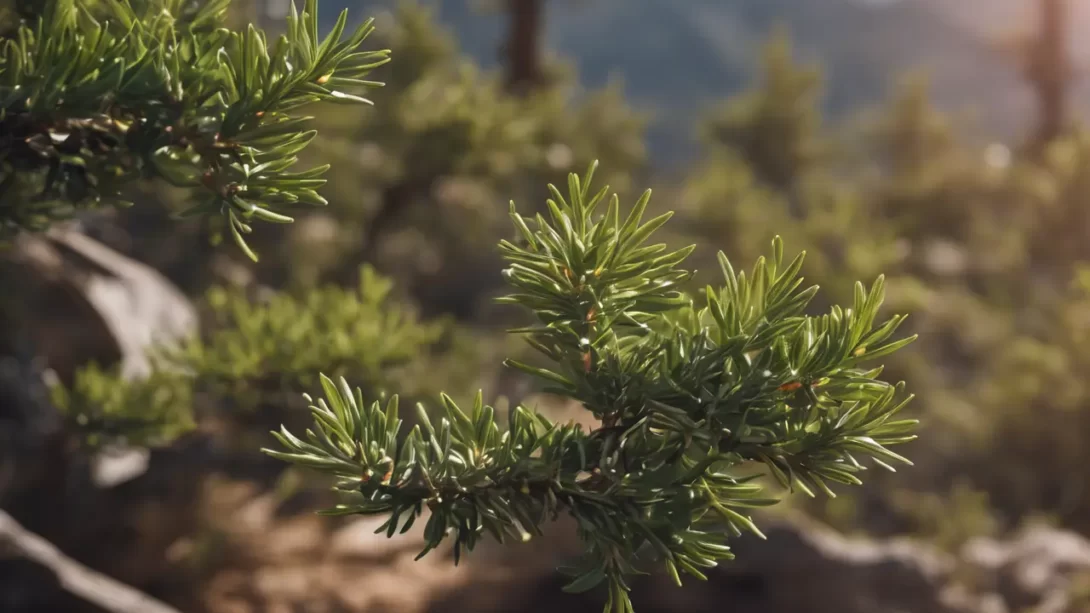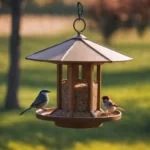Dealing with deer is a common challenge in many gardens and landscapes. Among the diverse array of plants, Juniper stands out as a widely used evergreen shrub. Its versatility and aesthetic appeal make it a favorite choice for gardeners and landscapers. However, those dealing with deer may wonder about Juniper’s susceptibility to browsing. This article delves into the deer resistance of Juniper, providing insights for those looking to maintain healthy, deer-resistant landscapes.
Deer Dietary Habits
Deer are selective feeders with preferences that vary based on availability, nutritional need, and the time of year. They typically browse on a mix of leaves, twigs, fruits, and flowers. While deer are adaptable, they tend to avoid plants that are either toxic, have strong odors, or are difficult to digest. Seasonal changes significantly impact deer feeding habits; during the sparse winter months, deer are more likely to explore and feed on a wider range of plants, including those they might typically ignore during more bountiful seasons.
Juniper: Characteristics and Landscape Use
Juniper, belonging to the genus Juniperus, is a group of evergreen shrubs and trees known for their hardy nature and distinctive coniferous foliage. These plants can vary in size from low-growing ground covers to larger trees and are notable for their needle-like or scale-like leaves and often aromatic wood. Junipers are valued for their ability to thrive in a range of soil types, their drought resistance, and their role in providing year-round color and structure in gardens. They are often used as foundation plantings, in rock gardens, or as hedges, offering both aesthetic value and practical benefits such as erosion control.
Deer Resistance of Juniper
Juniper plants are generally regarded as deer-resistant, but this resistance can vary among species and individual plants. The reasons for their resistance are twofold: Junipers often have a strong scent and their foliage can be prickly or tough, which are characteristics that deer usually find unappealing. However, deer resistance does not mean deer proof. In situations where food is scarce, particularly in winter, deer might sample plants they normally avoid, including certain types of Juniper. The extent to which Juniper is browsed by deer can also depend on the local deer population and their familiarity with the plant. Reports from gardeners and landscapers suggest that while Juniper is not a favorite of deer, it is occasionally browsed, particularly the younger, more tender plants.
Protecting Juniper from Deer
To safeguard Juniper shrubs in deer-heavy areas, a multifaceted approach is often necessary. Physical barriers, such as fencing, are the most reliable method of protection. A fence that is at least 8 feet tall can effectively deter deer. For those looking for less obtrusive options, deer repellents can be used. These products work by emitting an odor or taste that is unpleasant to deer, although their effectiveness can vary and often requires regular reapplication. Another strategy is strategic planting: placing Juniper near the house or mixing it with other, more strongly scented or less palatable plants can reduce its chances of being eaten. It’s also important to protect young Juniper plants, as they are more vulnerable to deer damage than mature, established shrubs.
Alternative Deer-Resistant Shrubs and Plants
In addition to Juniper, incorporating a variety of deer-resistant shrubs and plants can further strengthen a garden’s defenses. Plants that have similar deterrent qualities, such as strong scents or prickly textures, are less likely to be browsed by deer. Some examples include boxwood, holly, and barberry. These plants not only provide diversity in the landscape but also serve as additional barriers against deer. When selecting companion plants for Juniper, consider their growth requirements and aesthetic compatibility to ensure a cohesive and attractive garden design. Incorporating a mix of these plants can create an effective buffer zone, reducing the likelihood of deer reaching the more susceptible plants.
Conclusion
Juniper, with its aromatic foliage and sometimes prickly texture, is generally considered deer-resistant, though not entirely deer-proof. The likelihood of deer browsing on Juniper can vary based on local deer populations, availability of other food sources, and the specific species of Juniper. To maximize protection, gardeners can employ strategies such as using physical barriers, applying deer repellents, and practicing strategic planting. Additionally, integrating other deer-resistant plants can create a more robust defense against deer while adding variety to the garden. By understanding and adapting to the challenges posed by local wildlife, gardeners can enjoy the beauty and benefits of Juniper and other plants, maintaining a thriving and resilient landscape.



